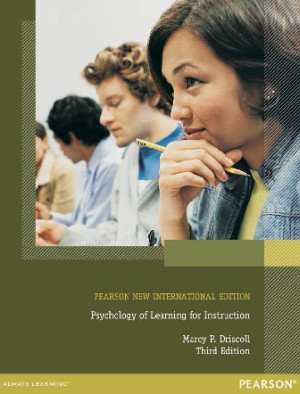Sale!
Psychology of Learning for Instruction (3rd Edition)
Original price was: $39.99.$24.99Current price is: $24.99. $19.99
Download Psychology of Learning for Instruction (3rd Edition) written by Marcy Driscoll in PDF format. This book is under the category Education Studies & Teaching - Education - General & Miscellaneous and bearing the isbn13 numbers 1292040076/9781292040073. You may reffer the table below for additional details of the book. We do NOT provide access codes, we provide eBooks ONLY. Instant access will be granted as soon as you complete the payment.
Additional information
| book-author | Marcy Driscoll |
|---|---|
| publisher | Pearson |
| file-type | |
| pages | 472 |
| language | English |
| isbn10 | 1292040076 |
| isbn13 | 9781292040073 |

